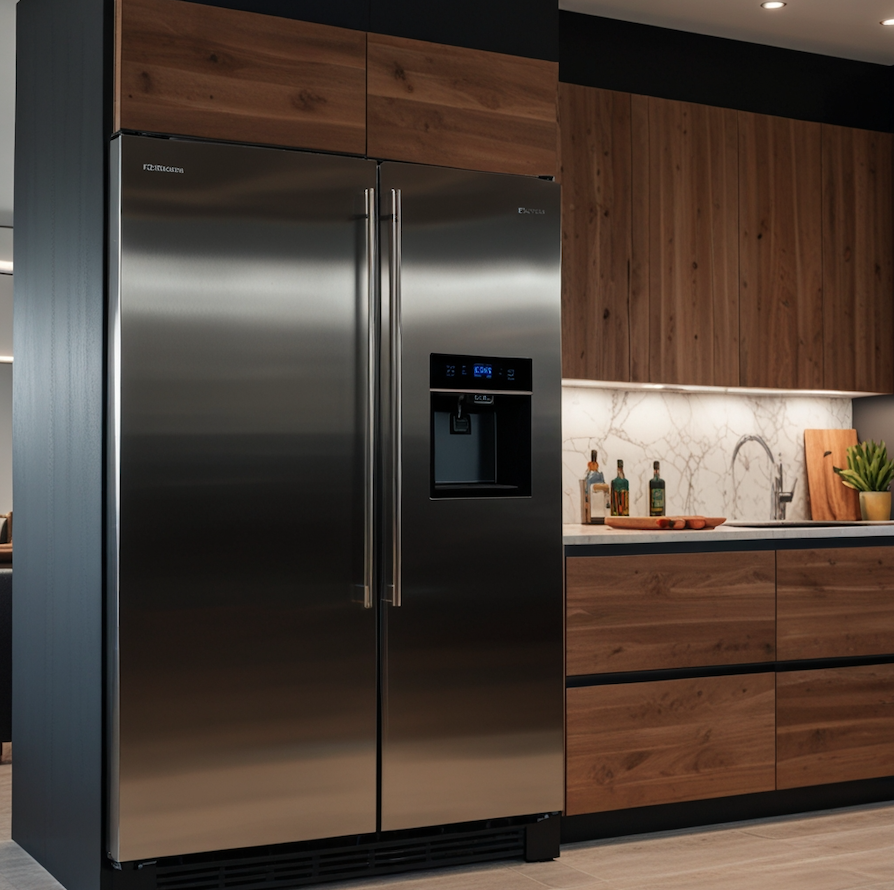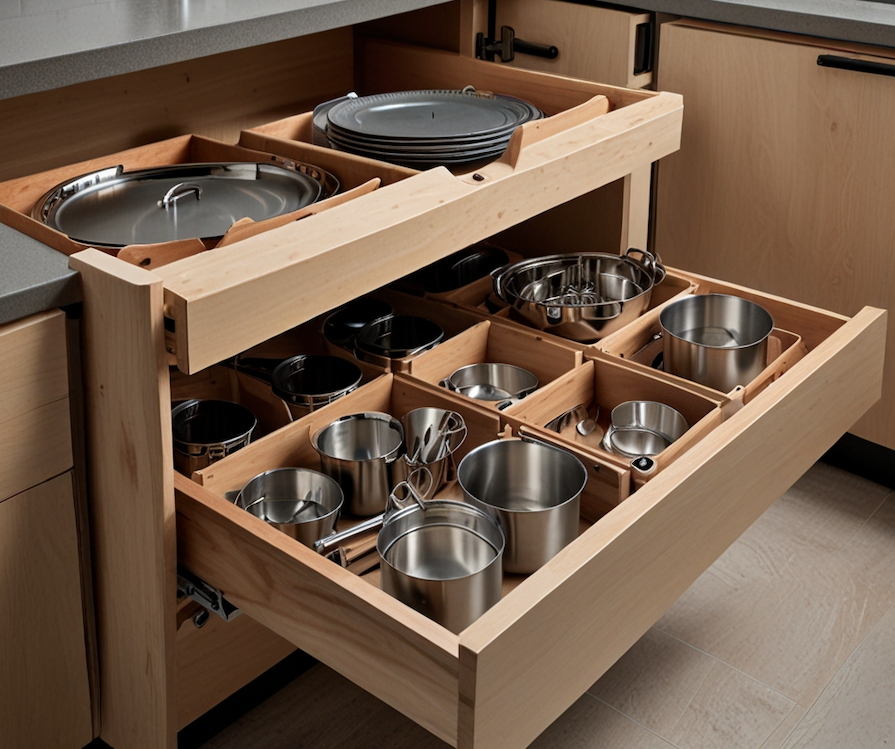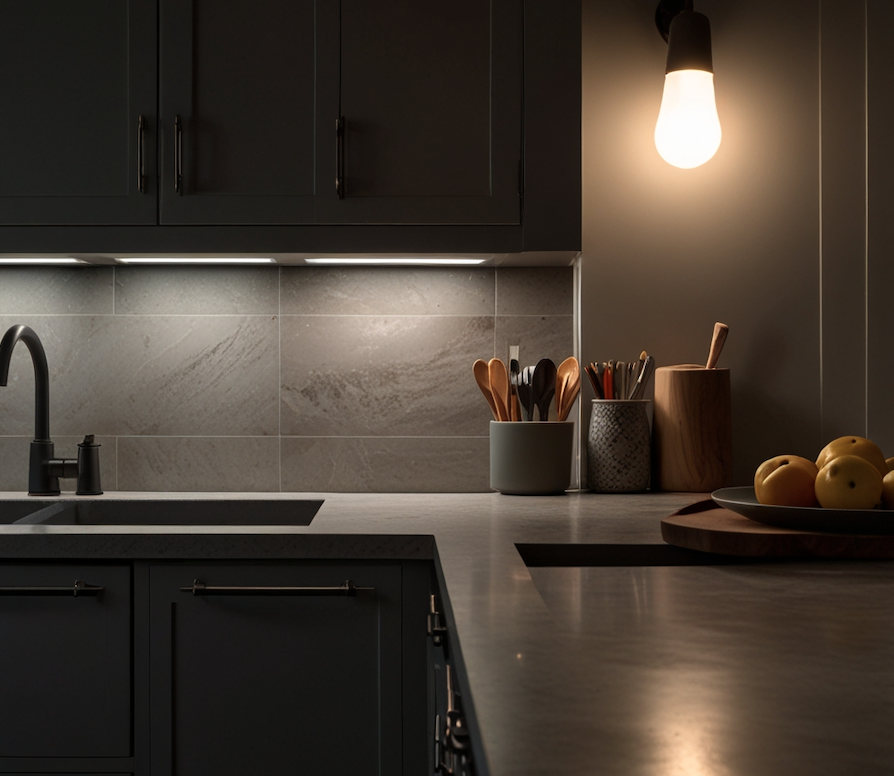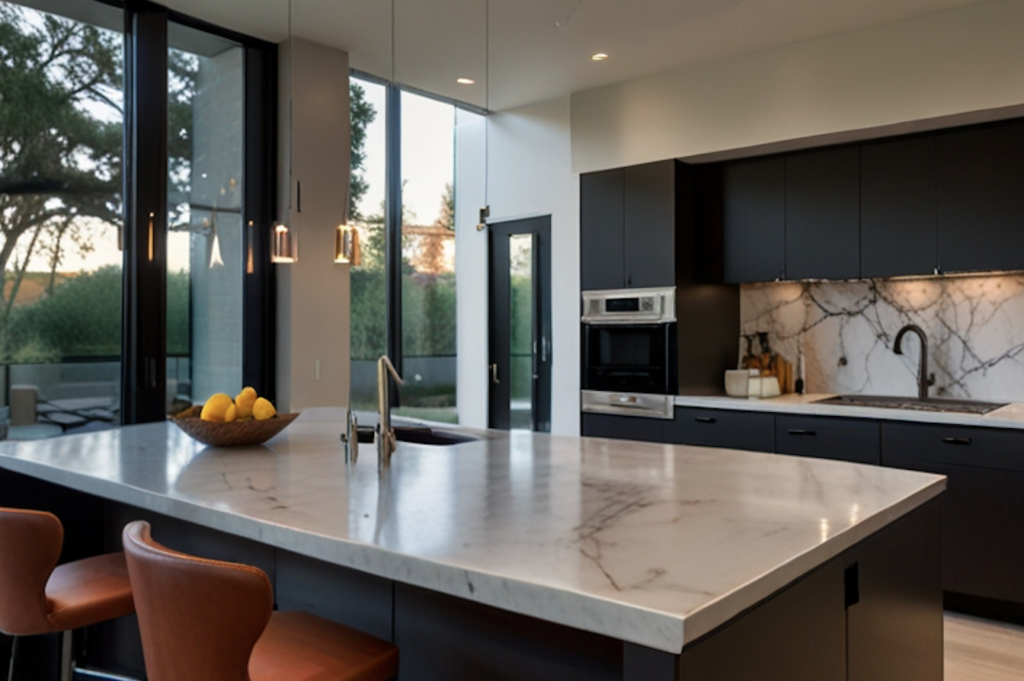The kitchen is the heart of the home, where meals are prepared, memories are made, and laughter fills the air. But to truly enjoy the culinary experience, having the right tools and equipment is crucial. While there are countless gadgets and appliances available, some items are essential for any functional kitchen. This article will guide you through the must-have appliances, cooking essentials, storage solutions, and lighting options that will transform your kitchen into a space that’s both efficient and enjoyable.

Major Appliances
The Refrigerator: This workhorse appliance keeps your food fresh and prevents spoilage. When choosing a refrigerator, consider your lifestyle and needs.
- Size: Think about how much food you typically store and how many people you cook for.
- Type: French door, side-by-side, and bottom freezer models each offer different advantages in terms of accessibility and storage.
- Sustainability: Look for energy-efficient models with an Energy Star rating to reduce your environmental impact and save on energy bills.
Range/Oven: This is where the magic happens! Whether you prefer gas, electric, or induction, consider the following:
- Fuel Type: Gas ovens offer precise temperature control and faster heating, while electric ovens are generally more affordable and easier to clean. Induction cooktops are highly energy-efficient and offer rapid heating.
- Features: Look for features that suit your cooking style, such as multiple burners, a convection oven for even cooking, and self-cleaning options.
- Size: Choose a range/oven that fits your kitchen layout and accommodates your cooking needs.
Dishwasher: This time-saving appliance is a must-have for many households. Consider these factors when choosing one:
- Capacity: Select a dishwasher with enough space for your dishes, pots, and pans.
- Features: Look for features like adjustable racks, a sanitize cycle, and energy-efficient settings.
- Noise Level: Consider the noise level, especially if your kitchen is open to other living areas.
Essential Cooking Appliances
While the major appliances form the backbone of your kitchen, a few smaller yet crucial appliances can significantly enhance your cooking experience.
Food Processor: This versatile tool is a time-saver for chopping, shredding, and mixing. It can handle everything from vegetables and nuts to making dough and hummus. Look for a food processor with a powerful motor and multiple attachments for different tasks.
Immersion Blender: This handheld blender is perfect for blending soups, sauces, and smoothies directly in the pot or bowl. It’s also great for pureeing baby food and making dips. Choose a model with variable speed settings and a comfortable grip.
Instant Pot/Pressure Cooker: This multi-functional appliance can pressure cook, slow cook, steam, and even make yogurt. It’s a great option for busy cooks who want to save time and effort while creating delicious meals. Consider the size and features that best suit your needs.
Coffee Maker: Whether you’re a coffee aficionado or enjoy a casual cup in the morning, a good coffee maker is essential. Choose from drip coffee makers, espresso machines, French presses, or single-serve pod machines depending on your preferences and brewing style.
Sustainability Tips:
- Look for energy-efficient models of all appliances to reduce your environmental impact and save on energy bills.
- Consider investing in appliances with long lifespans to avoid frequent replacements and minimize waste.
- Explore brands known for their commitment to sustainable practices and ethical sourcing.
Kitchen Storage Solutions
A well-organized kitchen is not only aesthetically pleasing but also makes cooking a more efficient and enjoyable experience. Here are some essential storage solutions to keep your kitchen tidy and functional:
Pantry Staples: Stock your pantry with essential ingredients like spices, herbs, oils, vinegars, and canned goods. Choose airtight containers to keep them fresh and prevent spoilage. Consider using clear containers for easy identification of what you have on hand.
Organization Systems:
Maximize your storage space and keep things organized with various tools like:

- Containers: Use airtight containers for dry goods like pasta, rice, and cereals. Choose different sizes and shapes to fit your pantry shelves and drawers.
- Shelves and Organizers: Utilize shelf risers, stackable storage boxes, and drawer organizers to maximize vertical space and create designated areas for specific items.
- Lazy Susans: These rotating platforms are perfect for corner cabinets, making it easy to access spices, condiments, and other frequently used items.
- Pull-Out Bins and Baskets: Deep cabinets can be tricky to navigate. Install pull-out bins and baskets to access everything easily and avoid items getting lost in the back.
Labeling:
Labeling your containers and pantry items is crucial for quick identification and organization. Use clear labels or markers to easily see what’s inside each container and avoid unnecessary searching.
Sustainability Tips:
- Invest in reusable containers for storing dry goods and leftovers instead of single-use plastic bags.
- Choose storage solutions made from sustainable materials like bamboo or recycled plastic.
- Consider upcycling old jars and containers for storage instead of buying new ones.

Kitchen Lighting Options
Proper lighting is crucial in the kitchen, not only for functionality but also for creating a warm and inviting atmosphere. Here’s a breakdown of the different lighting options to consider:
Task Lighting:
This is the essential lighting for work surfaces like countertops and the sink. It provides focused light for chopping, prepping food, and reading recipes.
- Under-cabinet lights: These are discreet and provide excellent task lighting directly on the work surface.
- Pendant lights: Hanging pendants over islands or countertops offer focused light and can add a decorative touch.
- Track lighting: Adjustable track lights allow you to direct light exactly where you need it, making them ideal for task areas.
Ambient Lighting:
This creates a general, warm glow throughout the kitchen. It sets the mood and makes the space feel more inviting.
- Ceiling lights: Recessed can lights or flush-mount fixtures provide overall ambient lighting.
- Chandeliers: A statement chandelier over the dining area or island can add a touch of elegance and ambiance.
- Sconces: Wall sconces placed strategically can add soft ambient light and create a warm atmosphere.
Accent Lighting:
This type of lighting highlights specific areas or features in the kitchen, adding visual interest and depth.
- Strip lights: LED strips can be installed under cabinets or shelves to highlight decorative elements.
- Pendant lights: Pendants can be used to accentuate specific areas like a breakfast bar or a kitchen nook.
- Spotlights: These can be used to highlight artwork, a backsplash, or a collection of cookbooks.
Lighting Control:
Dimmers and switches allow you to adjust the lighting for different tasks and moods. Consider installing dimmers for both task and ambient lighting to create a truly versatile space.
Sustainability Tips:
- Choose energy-efficient LED bulbs for all your lighting fixtures.
- Utilize natural light whenever possible by maximizing window space and keeping them uncovered.
- Consider installing motion-sensor lights in areas like the pantry or under cabinets for added convenience and energy savings.
Conclusion
Equipping your kitchen with the right essentials is crucial for creating a functional and enjoyable space where you can cook with ease and confidence. This article has provided a comprehensive overview of the must-have appliances, cooking essentials, storage solutions, and lighting options that will enhance your culinary experience.
Remember that the “must-haves” list is not exhaustive. Personalize it based on your individual needs, cooking style, and budget. As you explore and invest in these essential items, consider incorporating sustainable practices to minimize your environmental impact and create a responsible and eco-friendly kitchen.




